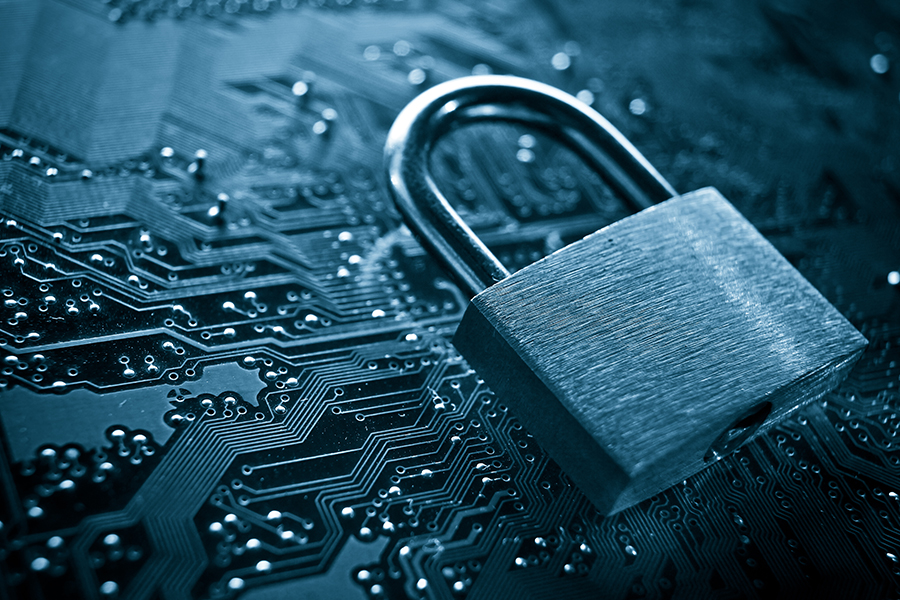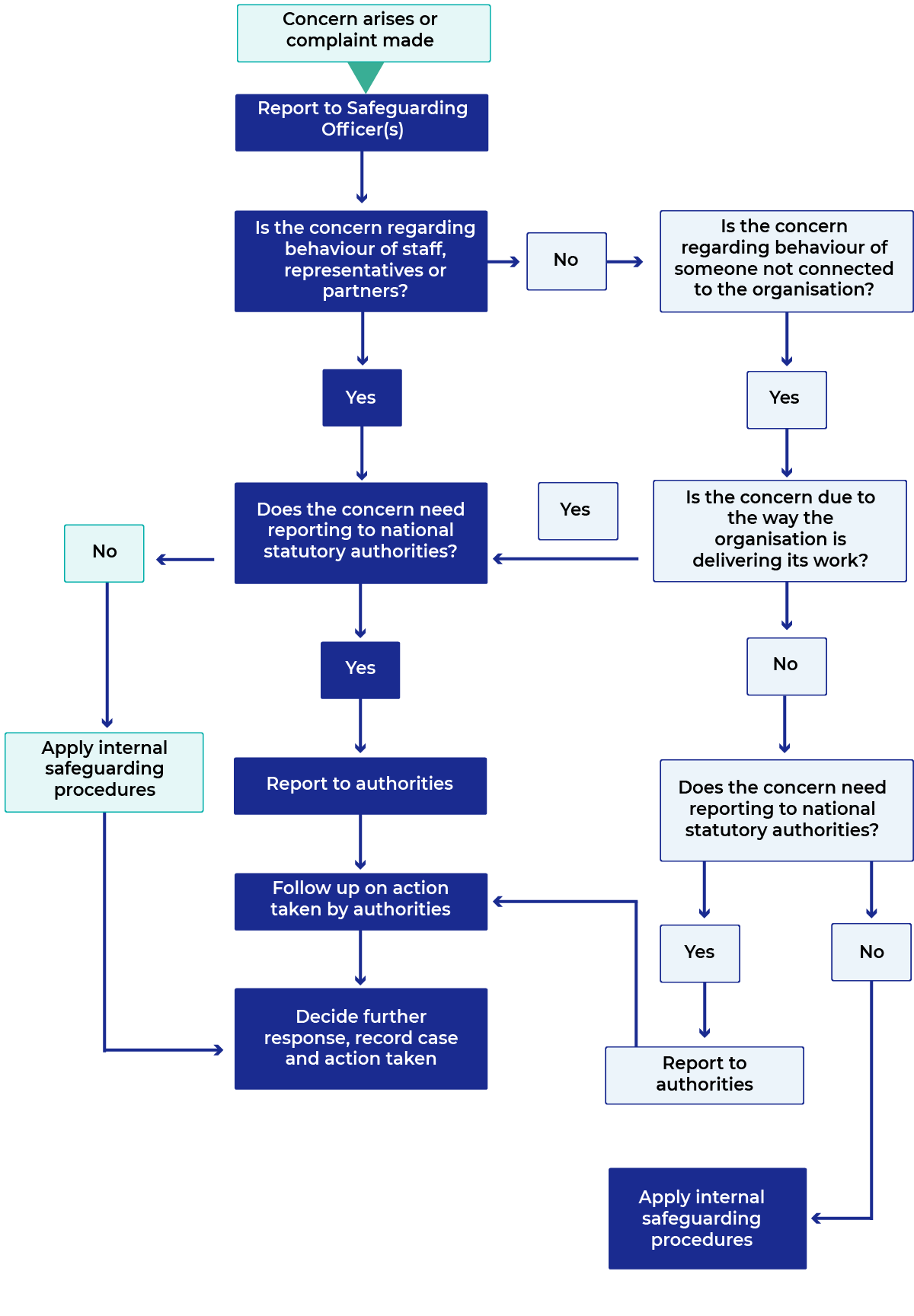Unit 5: Response
5.11 Record-keeping and data protection

You looked earlier at the start of the reporting process, i.e., making careful notes of the safeguarding concerns you have been alerted to, but it is important to think through the whole process of what happens to the information that you record, both at that point and also as an investigation progresses.
- Confidentiality – it is important to keep the information you have recorded confidential. This requires both an adequate system for case management, storage of information and an understanding of which information needs to be passed on and to whom. Confidentiality is most important throughout managing the safeguarding concern and beyond.
- Reporting procedures – be clear about the reporting procedures beyond dealing with the initial incidents. For example, serious incidents where there has been significant harm to the victim(s) and/or there has been a breach of the Code of Conduct, these will need to be reported to the Designated Safeguarding Board member and anonymised for reporting to the Board. Also, organisations will need to report serious concerns to donors as per the terms of their contractual agreements and any data protection laws.
- Data protection – is now a big issue not just within organisations but is often prescribed by law. It is important to know if there are laws that relate to your own setting as they must be complied with. If there are no specific laws that apply, you need to be aware of international standards.
- Using data for learning – anonymised information on serious incidents and how they were handled is useful for ongoing learning and development.
|
Activity 5.13 Recording systems and data storage Reflect and respond in your learning journal to the following questions in relation to your own organisation:
Overview It is good practice to develop a simple flowchart to demonstrate the next steps that we’ve been discussing in this unit. This flow diagram can be added to your safeguarding procedures as well as being displayed prominently for staff and beneficiaries to understand what they can expect if they raise a safeguarding concern. Using the template below as an example, check the existing reporting and response procedures of your organisation. If one doesn’t exist, then use the template to help design one for your organisation. Think about the various ways and means the safeguarding concern was reported, how they are received, who received them, how they should be dealt with and within what time scale. Then think of next steps that need to be taken.
© (Adapted from Save the Children’s Resource Centre Keeping Children Safe: A Toolkit for Child Protection)
Here is a downloadable version of this flow diagram. Notes to remember:
Note that whilst the local authorities investigate the matter, the organisation should not carry out a parallel internal investigation which may taint the evidence of witnesses or documents. If the local authorities decide not to investigate, the organisation should carry out their own internal investigations into the allegations made. |
